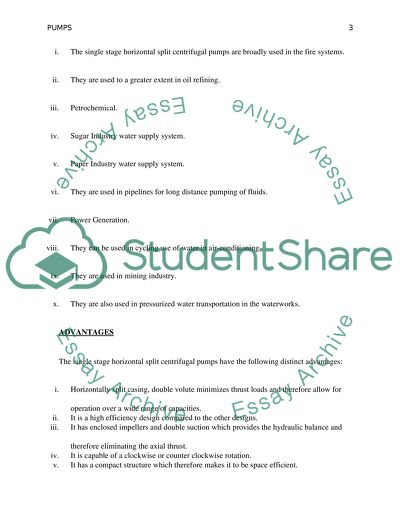Cite this document
(“Pumps Essay Example | Topics and Well Written Essays - 2750 words”, n.d.)
Pumps Essay Example | Topics and Well Written Essays - 2750 words. Retrieved from https://studentshare.org/engineering-and-construction/1475701-pumps
Pumps Essay Example | Topics and Well Written Essays - 2750 words. Retrieved from https://studentshare.org/engineering-and-construction/1475701-pumps
(Pumps Essay Example | Topics and Well Written Essays - 2750 Words)
Pumps Essay Example | Topics and Well Written Essays - 2750 Words. https://studentshare.org/engineering-and-construction/1475701-pumps.
Pumps Essay Example | Topics and Well Written Essays - 2750 Words. https://studentshare.org/engineering-and-construction/1475701-pumps.
“Pumps Essay Example | Topics and Well Written Essays - 2750 Words”, n.d. https://studentshare.org/engineering-and-construction/1475701-pumps.


